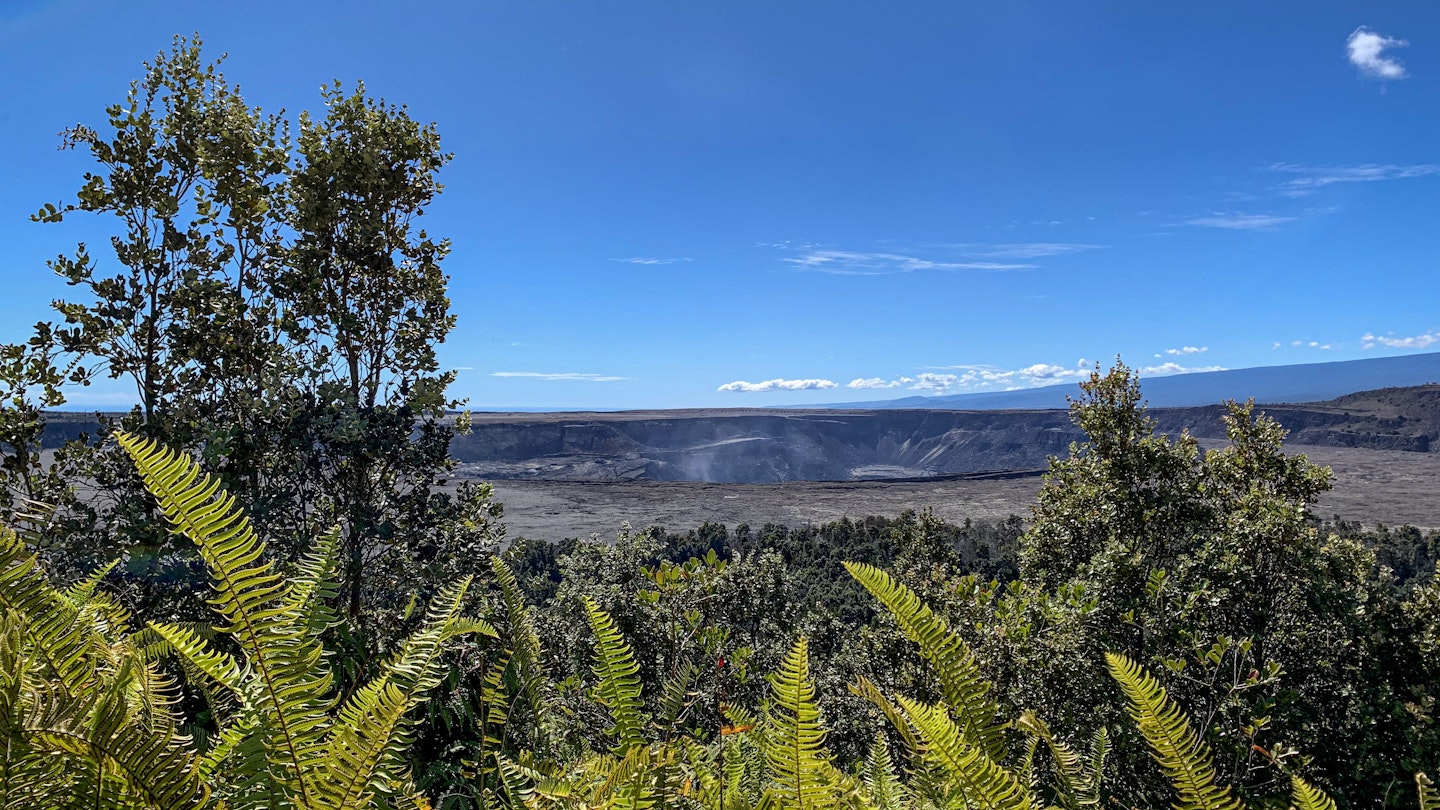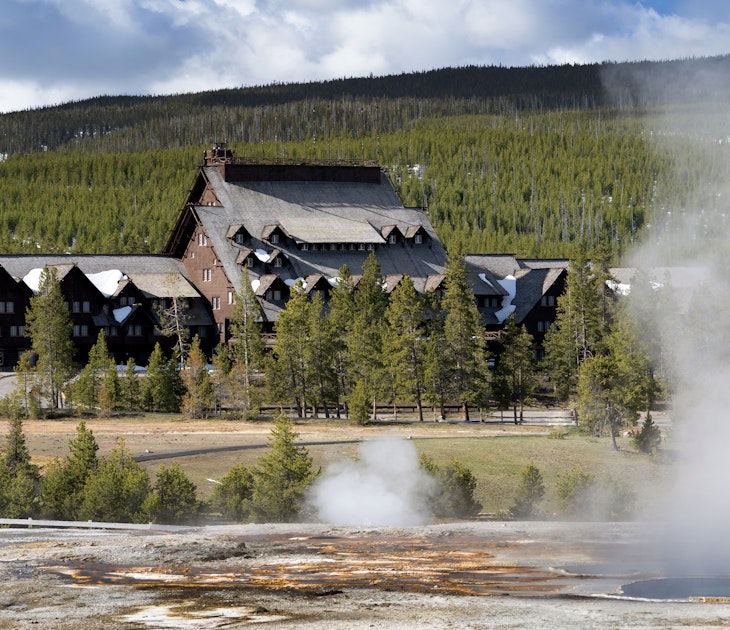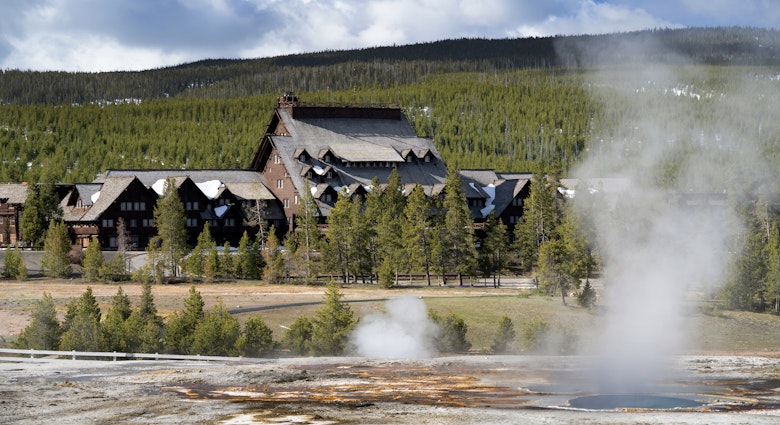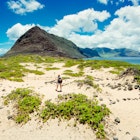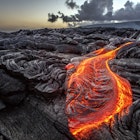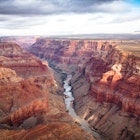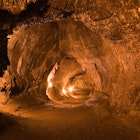For many years, the sight of hot orange lava plunging off cliff sides into the ocean was a huge draw for people to visit Hawai‘i Volcanoes National Park. After Kilauea erupted in 2018 and effectively drained the park of its ‘biggest’ attraction, many were left wondering if it was still worth a visit.
Hawai‘i Volcanoes National Park remains an incredible place to explore the history and geology of the most active volcanoes on the planet. While the lava may have drained and hardened (for now), the park still has a kaleidoscopic array of wildlife, flora and rock features sure to keep you entertained for hours – if not days!
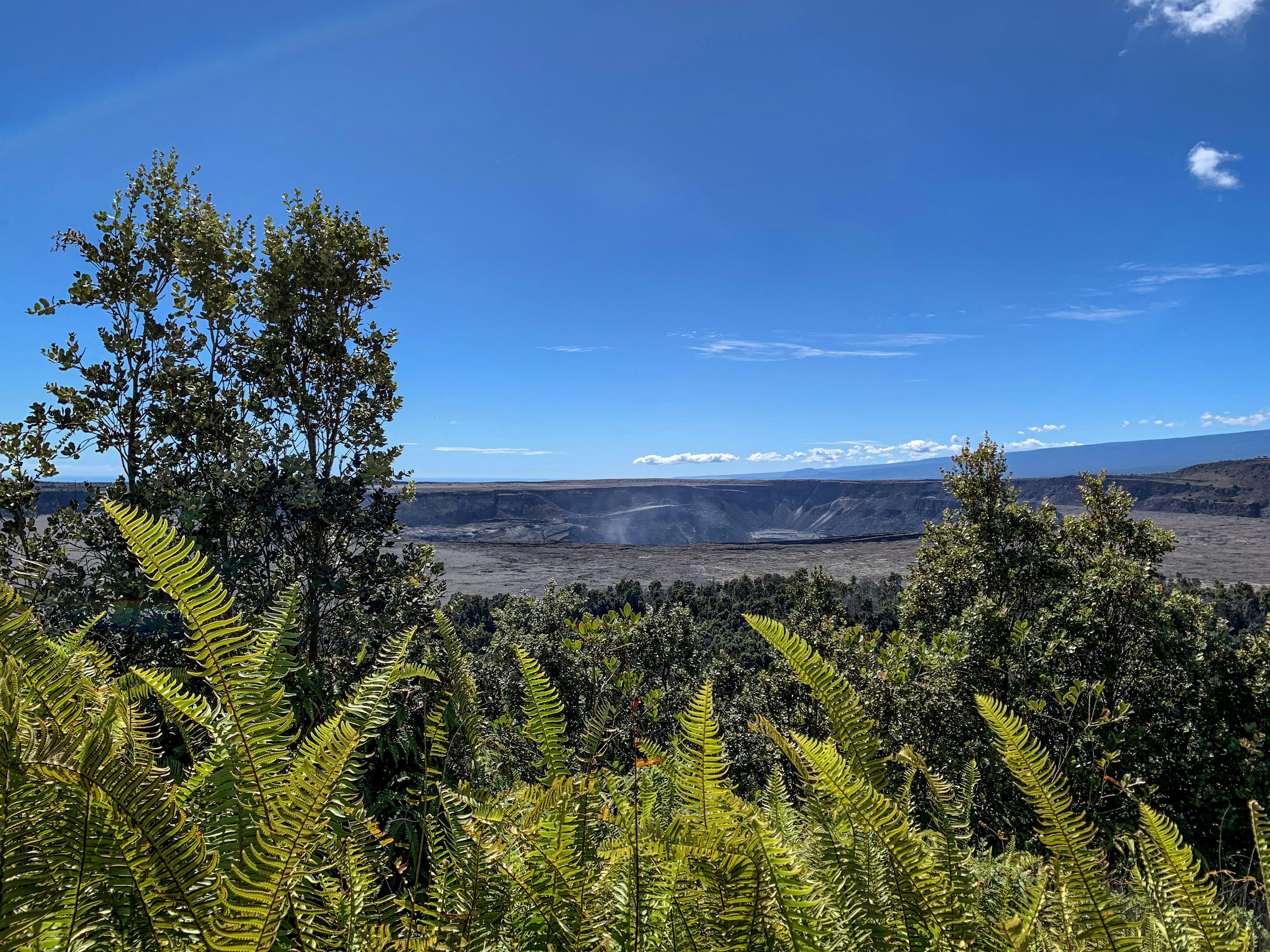
What’s changed?
When Kilauea erupted in April of 2018, hundreds of homes along the southeast corner of the island of Hawai'i were damaged by the massive lava flows. While this area lies outside of the park’s boundaries, it did not come out unscathed by the event. Ash plumes and earthquakes led to a significant collapse of the park’s centerpiece, the Kilauea Caldera – before and after photos are striking – and damaged many trails and buildings.
Some closures are still in effect – portions of Crater Rim drive and the Chain of Craters road are currently under repair, while the ‘Iliahi Trail, the Jaggar Museum and the Halema‘uma‘u Trail across caldera floor are closed indefinitely.
However, the park system began recovery efforts quickly, and today many of its major draws are open to the public. Check the national park’s website for up-to-date information on openings and closures.
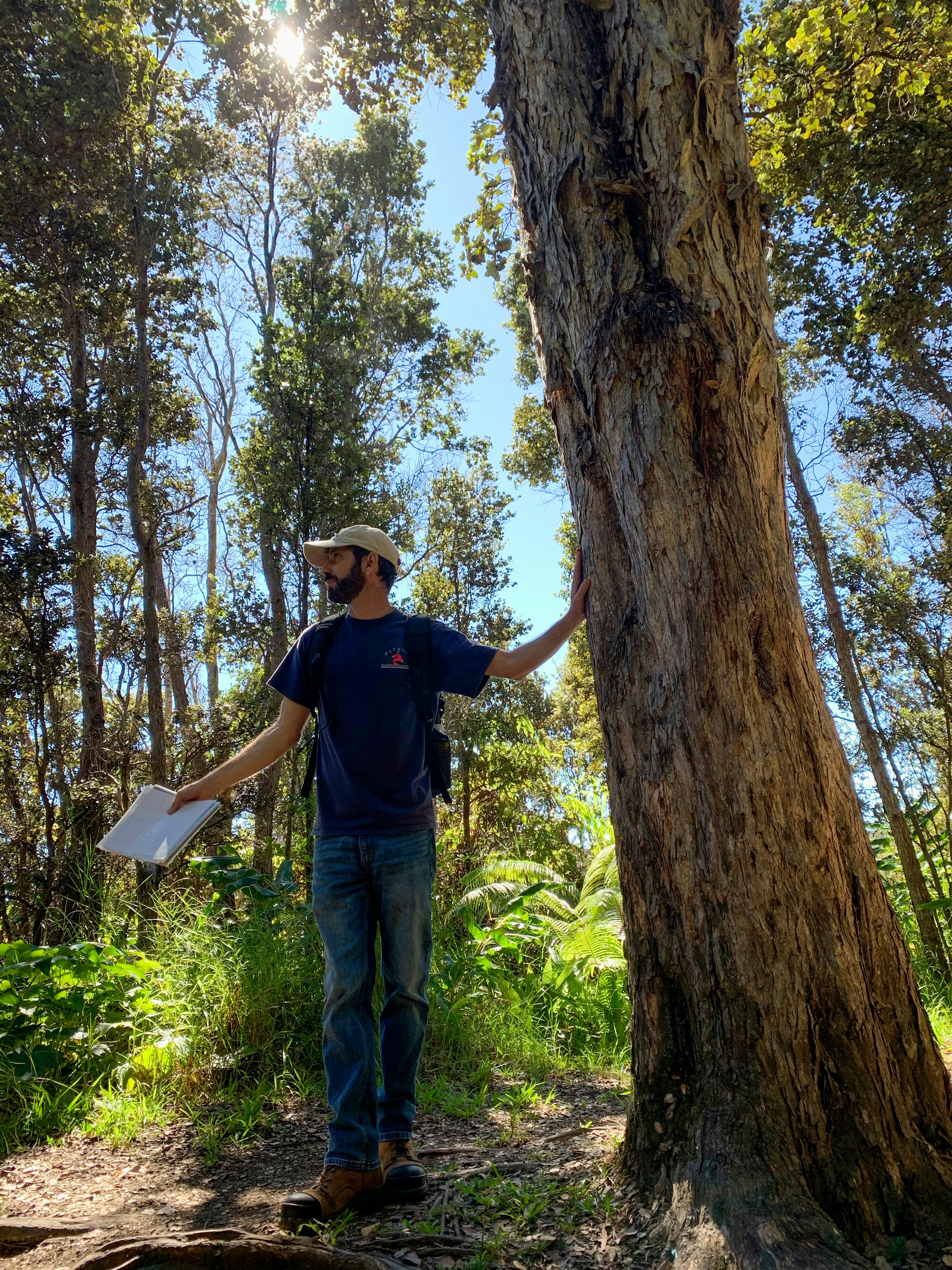
Appreciate the details with Friends of Hawaii Volcanoes National Park
While the park’s trails make for scenic walks, the best way to appreciate all the details that really make them unique is to visit with someone who knows what they are talking about. Friends of Hawai'i Volcanoes National Park is a non-profit organization that offers field seminars and private tours led by knowledgeable botanists, geologists and wildlife specialists; exploring the park with FHVNP turns a simple hike into a living science museum. How exactly does the sacred ʻohiʻa tree grow in nothing but rock? What exactly is Pele’s Hair and do you know how to spot it? Thanks to FHVNP, you’ll leave knowing all about the park’s best secrets.
Highlights
Kilauea Iki
This 4.4-mile trail circles and passes across the Kilauea Iki (Little Kilauea) Crater, the site of a 1959 eruption that shot boiling hot lava almost 2000ft in the air. Today, magma continues to roil beneath the surface and steam continues to escape from gaps in the hardened lava lake; in some places the ground is too hot to touch! The Kilauea Iki trail winds through layers of rainforest before taking hikers across the crater itself, where they can take in views of the imposing cinder cone, spot sparkling olivine rocks and see the first ʻohiʻa trees working their way into the stone.
This is one of the most popular hikes in the park (for good reason), so get there early to snag a parking spot and avoid crowds.
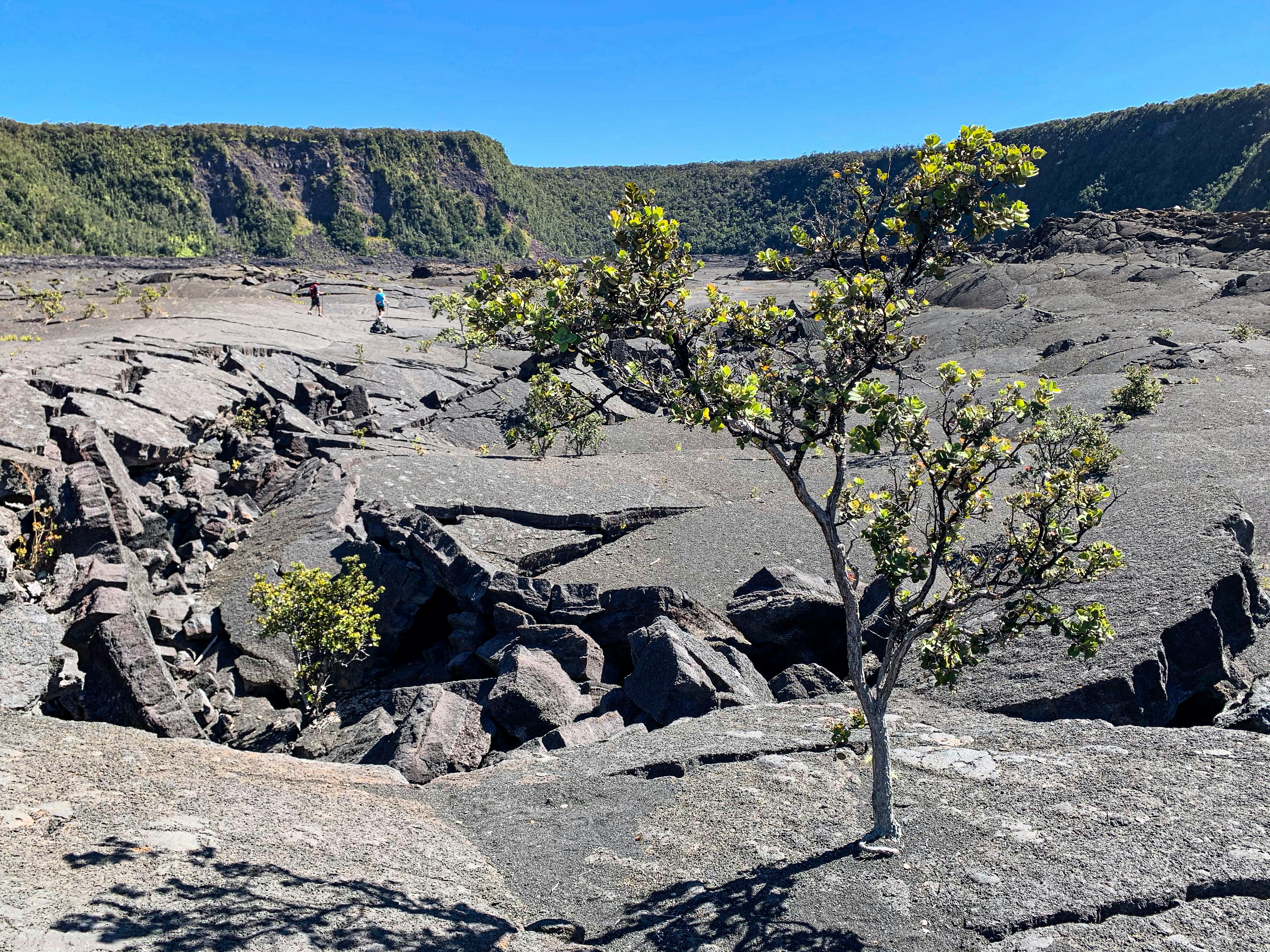
Steaming Bluff & Sulphur Banks
Nothing serves as a better reminder of the volcanic power stewing below the park’s surface than the numerous steam vents belching their plumes into the sky at Wahinekapu. This short trail cuts through enchanting flower-studded grassland and offers views of the Kilauea Caldera before winding past the the string of steam vents, affording close-up views of the red-hot fissures.
Across the road, visitors can check out the mounds of steaming sulphur-covered rocks of Ha'akulamanu (Sulphur Banks), which give off a distinctly eggy smell. This trail is wheelchair accessible.
You might also like: Top 20 Hawaiian vistas
Chain of Craters Road
This 18.8-mile road cuts through the park’s volcanic landscape and leads all the way to the ocean; visitors will find a number of intriguing spots along the route, including the Lua Manu and Pauahi craters, the Mauna Ulu lava flow, the Pu’u Loa Petroglyphs (which date back to 1200–1450) and the Kealakomo Overlook. The route gives you a crash course in the land’s geological and cultural history, allowing you to see the variety of shapes molten rock can take and how they build on each other over time. Lava tree molds, eruption fissures, cinder cones and various types of flows are all on display.
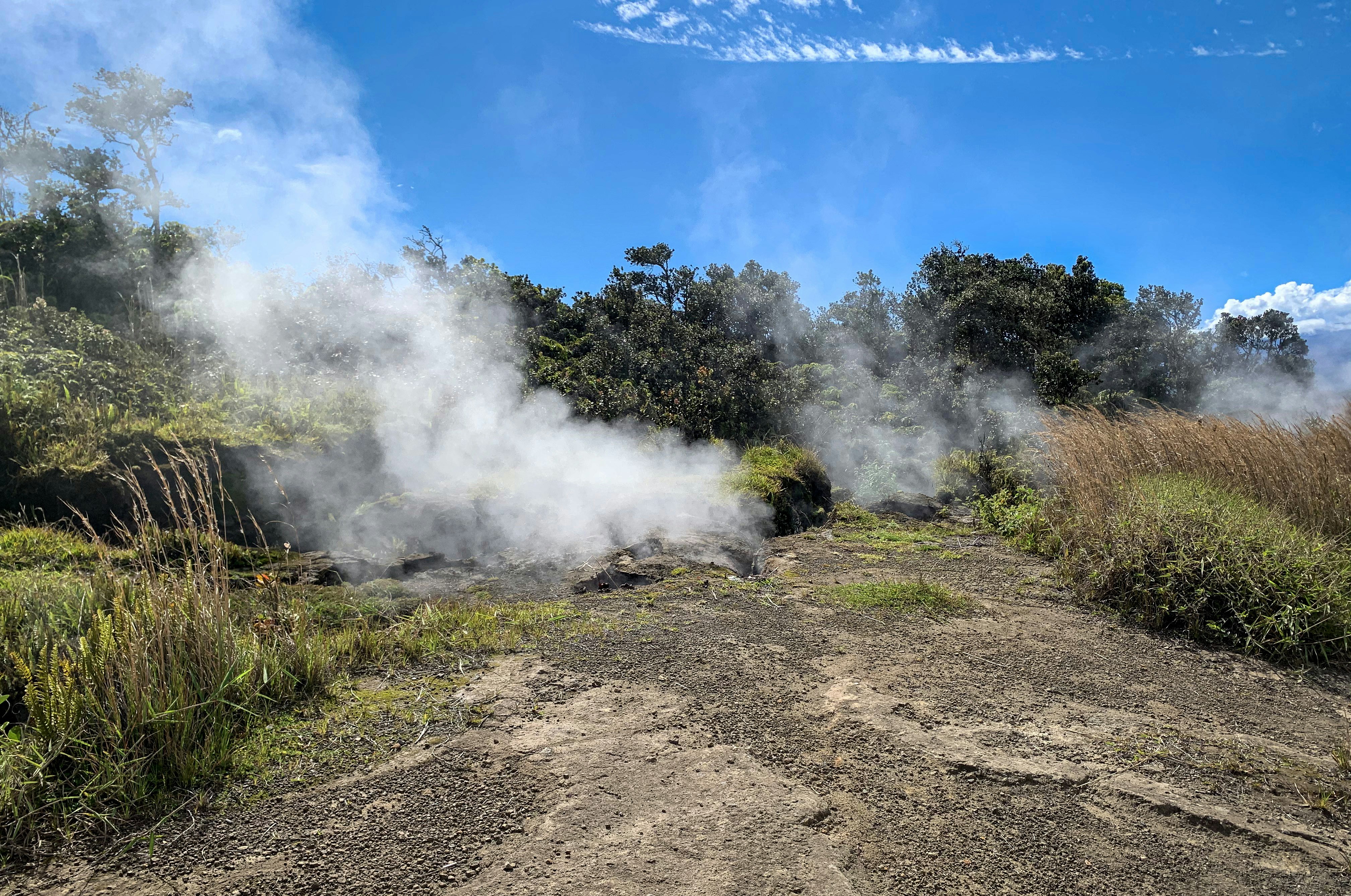
Backcountry camping
Can’t get enough of these volcanoes? Register for a permit and spend a few days camping in the national park’s backcountry to really get to know the landscape. Several trails crisscross this zone, affording peaceful solitude to those who take the time to explore them.
Permits can be obtained via the NPS website.
You might also like: How Hawaiians are using traditional practices to promote sustainability
Mauna Loa Summit
If you are an experienced hiker looking for a challenge, the trail heading to the top of Mauna Loa – the second highest peak on the island of Hawai'i and the biggest shield volcano in the world – is a bucket list item. The high-altitude hike takes you up the 13,678ft (4,170m) peak via trails across sharp volcanic rocks, affording panoramic views across the island. A bookable cabin sits near the summit for those who want to linger for an awe-inspiring view of the stars.
Like the other hikes in the backcountry, the hike to Mauna Loa summit requires a permit. Be prepared by bringing weather-appropriate gear, going slow and staying hydrated.
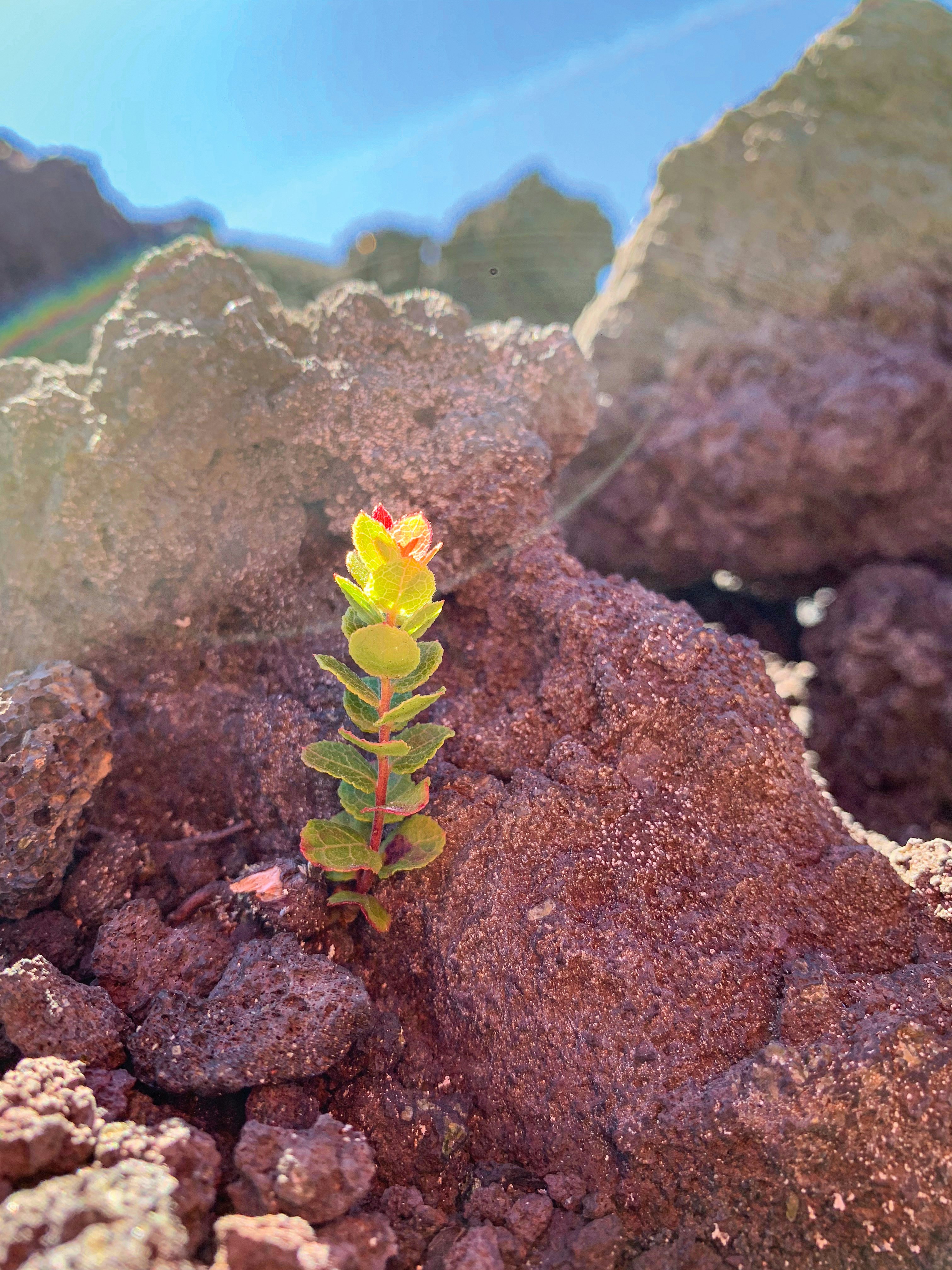
Planning a visit
Despite recent volcanic activity, the park is still the most popular in the state and requires a little bit of forethought before a visit. The general rule of thumb is to arrive before 10am or after 3pm. Parking is limited and tends to run out during prime-time visiting hours.
When in the park, be mindful of the cultural and scientific importance of this place – do not stack rocks or take any with you, and stick to the trails.

